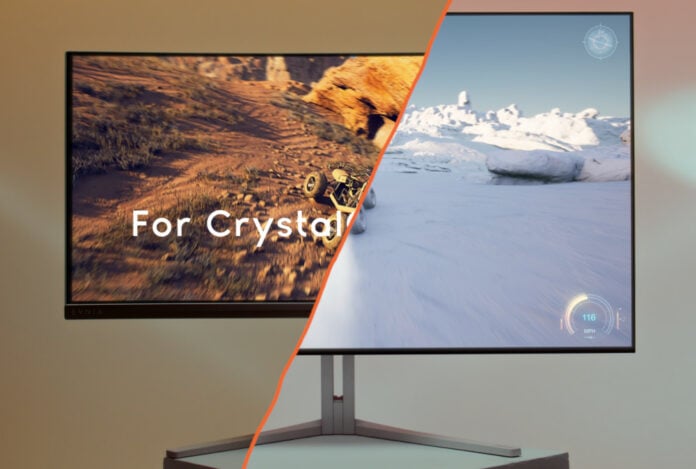Philips is joining the gaming OLED monitor club with flat and curved models featuring a Quantum Dot enhancement layer at generous 34in and 42in sizes.
After Corsair’s Xeneon Flex 45in bendable OLED and LG’s UltraGear 45GR95QE 240Hz curved OLED monitors, it’s Philips’ turn to provide gamers with OLED-based displays, but this time at lower official pricing.
Starting with the Evnia 34M2C8600, we find a curved 34in QD OLED panel capable of reaching 175Hz refresh rate and 0.1ms (GtG) response time at a 3440×1440 ultrawide (21:9) resolution. Thanks to its QD (Quantum Dot) layer, this panel is able to achieve 1,000,000:1 contrast ratio alongside 250-nit brightness in SDR, 450 nits in HDR with 10 per cent APL, or 1,000nits in HDR at three per cent APL, allowing it to grab a DisplayHDR True Black 400 rating. Note that the 175Hz refresh is only possible using DisplayPort since HDMI is bandwidth to 100Hz.
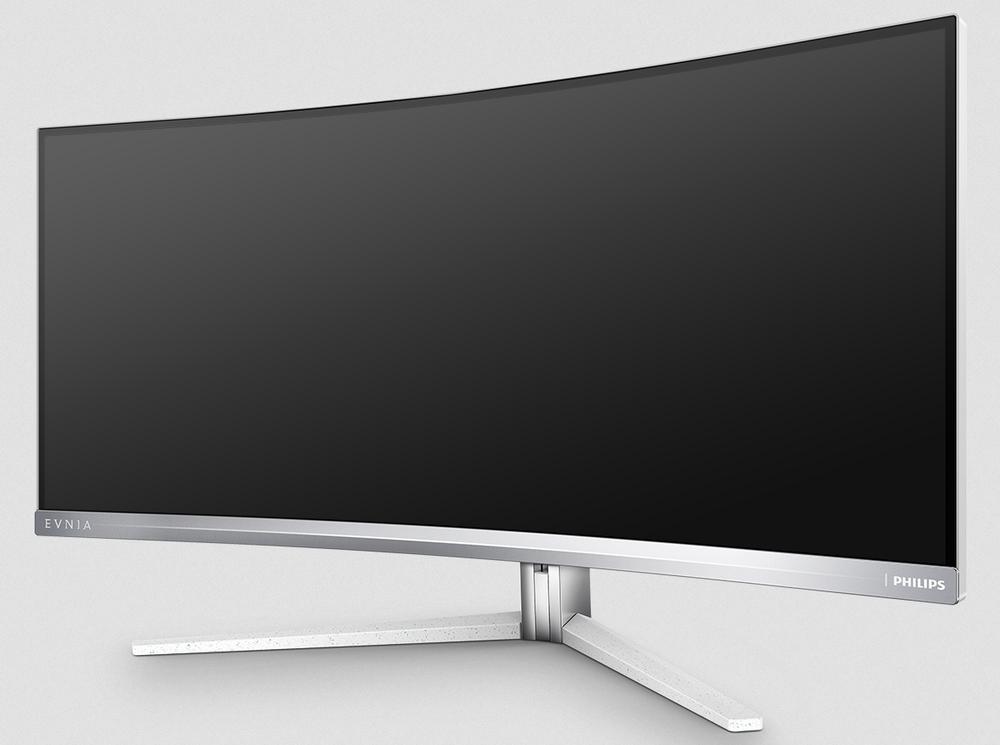
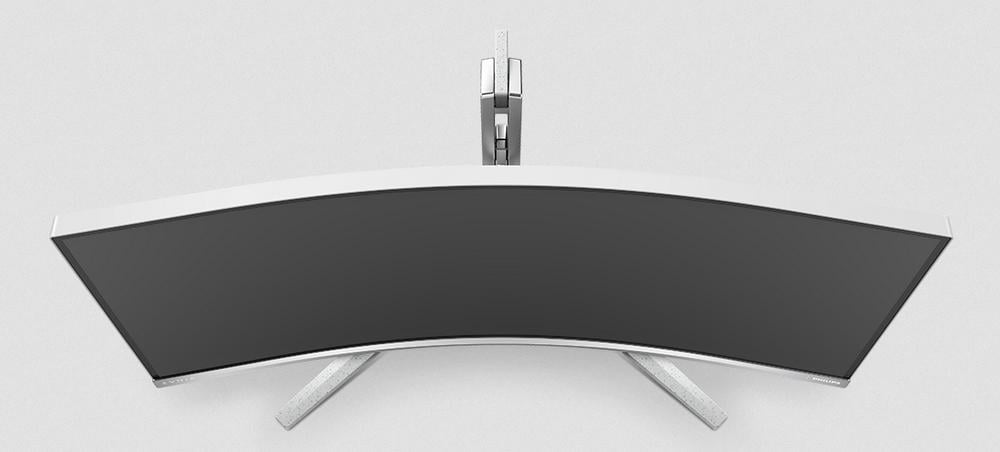
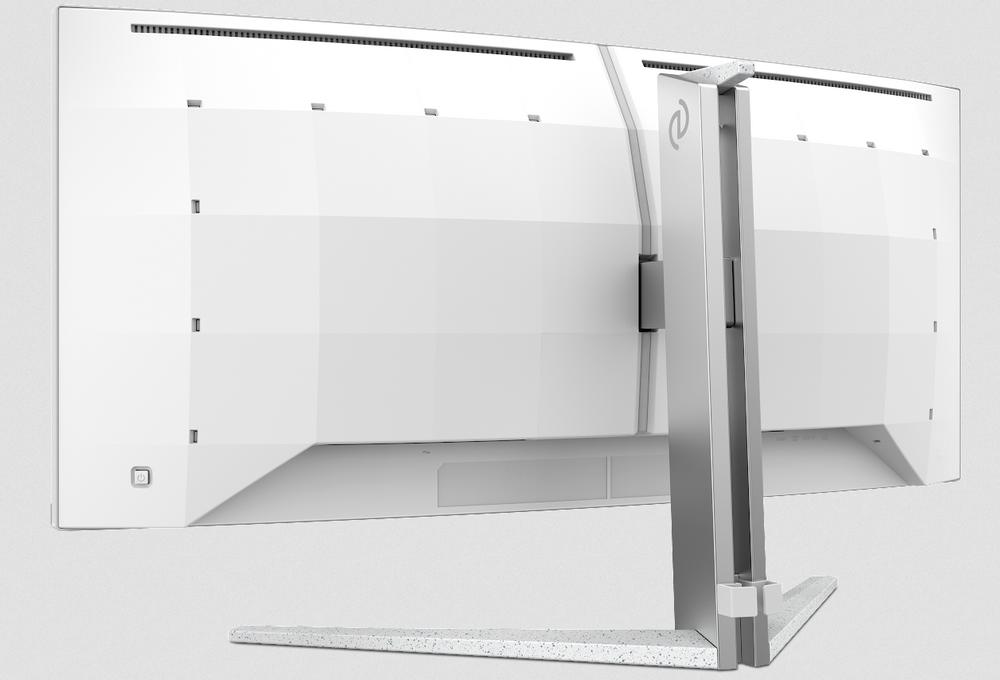
Keeping with the QD benefits, this model can deliver a higher colour gamut at 99.3 per cent of DCI-P3, 121.3 per cent of NTSC, 148.8 per cent of sRGB, and 97.8 per cent of AdobeRGB. This is excellent coverage, even for professional use, assuming factory calibration is adequate.
Connectivity is made of two HDMI 2.0, one DisplayPort 1.4, a 3.5mm audio out, USB-C with DP Alt mode and power delivery, plus a four-port USB 3.2 Gen 1 hub. Not to forget an always helpful KVM switch.
Next, we have the Evnia 42M2N8900 boasting a flat 42in OLED panel running at a slower yet very comfortable 138Hz refresh rate, especially since driving its 3840×2160 (16:9) resolution at high speeds will require particularly potent hardware such as Nvidia’s RTX 4090 or AMD’s RX 7900 XTX.
A true 10-bit OLED panel is advertised as covering 98.5 per cent of DCI-P3, 110.3 per cent of NTSC, 131.3 per cent of sRGB, and 93.6 per cent of Adobe RGB, alongside 450 nits peak brightness, 1,500,000:1 contrast, and 0.1ms (GtG) response time. Note that its unusual RWBG pixel arrangement may cause some blurriness or shadow effect on text, however, while gaming or consuming content there should be no side effects.
I/O comprises two HDMI 2.1, one DisplayPort 1.4, a 3.5mm audio jack, USB-C with video, data and power delivery, plus a four-port USB 3.2 Gen 1 hub. There are also integrated 10W speakers and a KVM switch to wrap its features set.
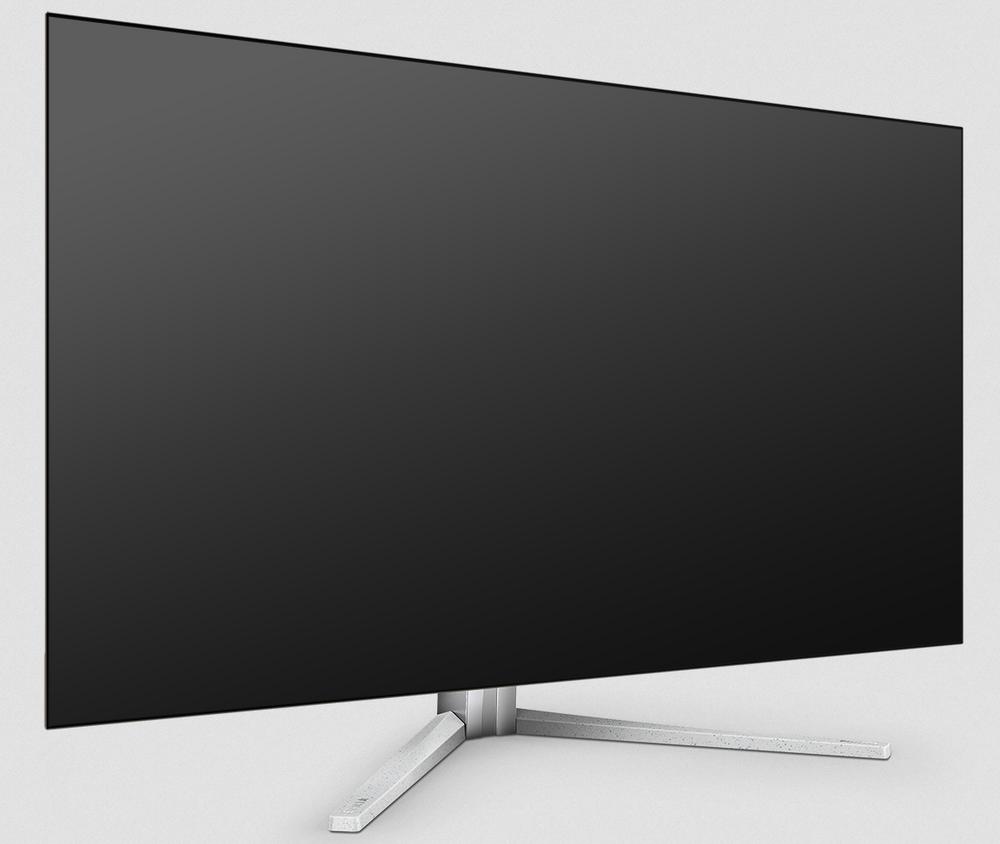
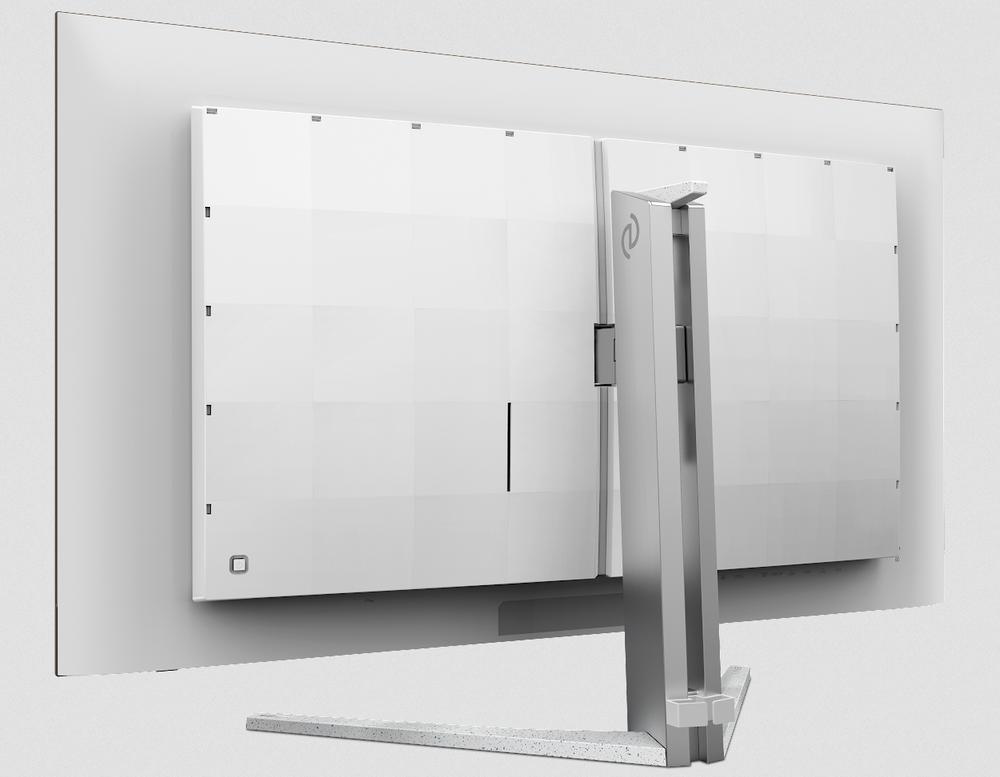

Finally, both models feature Philips’ well-known Ambiglow RGB illumination for enhanced atmosphere. “The Ambiglow feature allows each gamer to set the mood, or the ambiance, of the room. This allows each gamer to feel comfortable and personalise their gaming experience,” said Xeni Bairaktari, global marketing lead of Philips monitors and IT accessories.
It’s good to see the OLED marketplace continuing to expand, and the Evnia additions look particularly sleek. We’re hoping to put one of the above through its paces in the near future, but if you’re already sold, the Philips Evnia 34M2C8600 and 42M2N8900 are available for £1,149 and £1,499, respectively.

